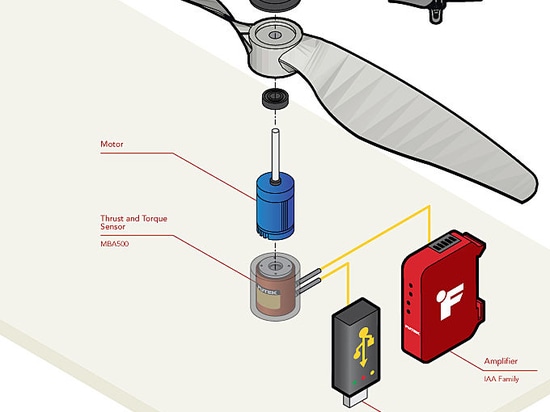
#Product Trends
Catheter Torque Test
Interventional device testing is designed to accurately record the performance of medical devices including: catheters, guide wires, stent delivery systems, colonoscopes, endoscopes and scope tools. In the above application, FUTEK’s Rotary Torque Hex Drive Sensor (TRH605) is coupled to a test system to measure the torqueability of a catheter.
Torqueability (or torque force) refers to the measure of rotational feedback at the distal end of a device while imparting a rotation at the proximal end. Precise measurement devices are needed to accurately record findings pertaining to rotational force; hence the use of rotary torque sensors.
How it Works
1. The purpose of an interventional device test is to reduce risk to the patient during medical procedures. Medical researchers conduct test with these systems to learn more about their performance features such as torqueability.
2. Torqueability or torque force refers to the measure of rotational feedback at the distal end of a device while imparting a rotation at the proximal end. Precise measurement modules are needed to accurately record findings pertaining to rotational force.
3. The TRH605 is fixed on the test system to quantify the rotary force exerted to advance the catheter through a tortuous anatomy (Test Tube).
4. These force measures can be streamed to a computer utilizing FUTEK's USB Solutions. FUTEK’s USB modules are configured by the ASCII stream along with the DLL which allows users to integrate custom software if needed.
5. Once streamed to a computer, that data can then be monitored by FUTEK's SENSIT™ Test and Measurement Software.




